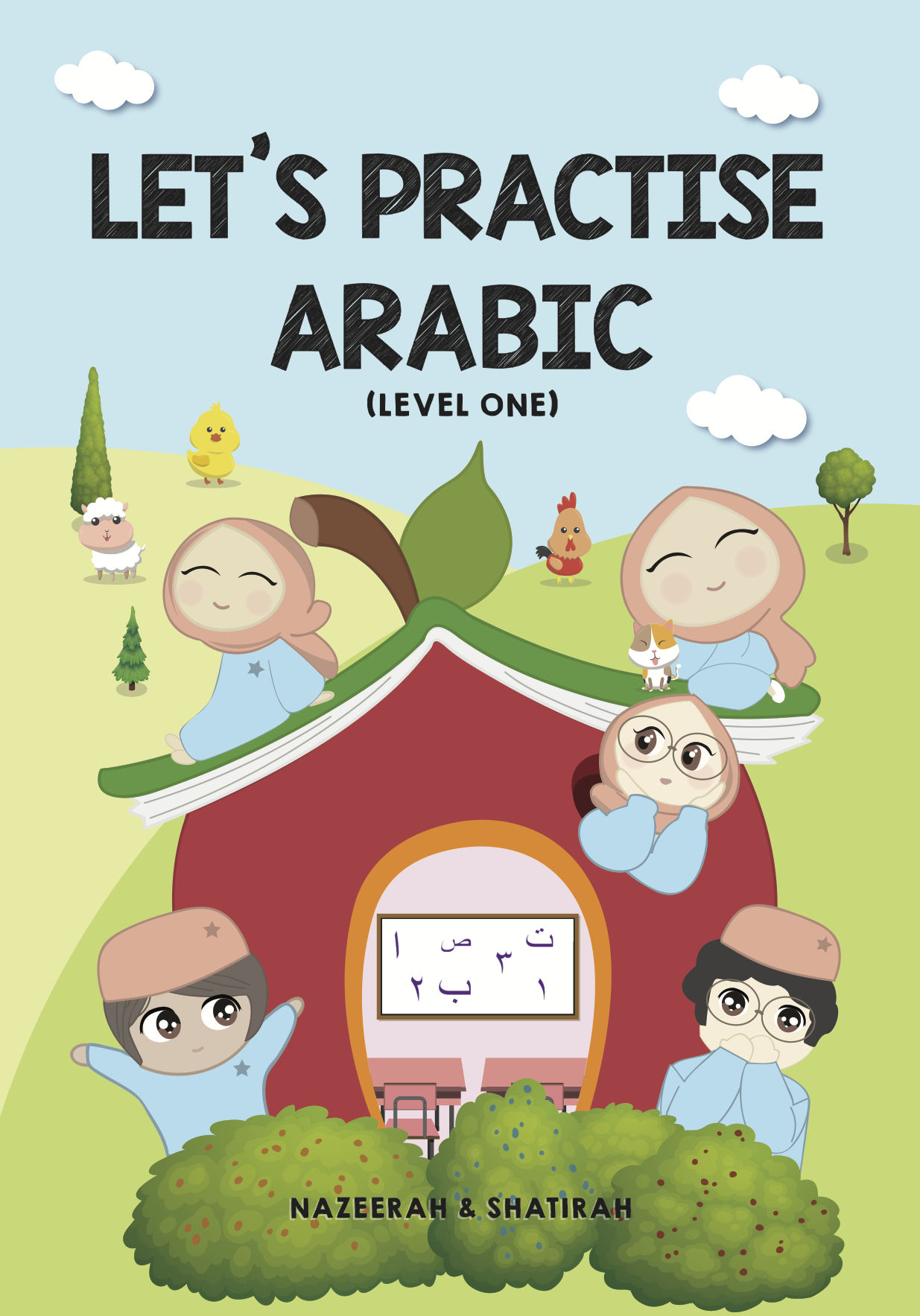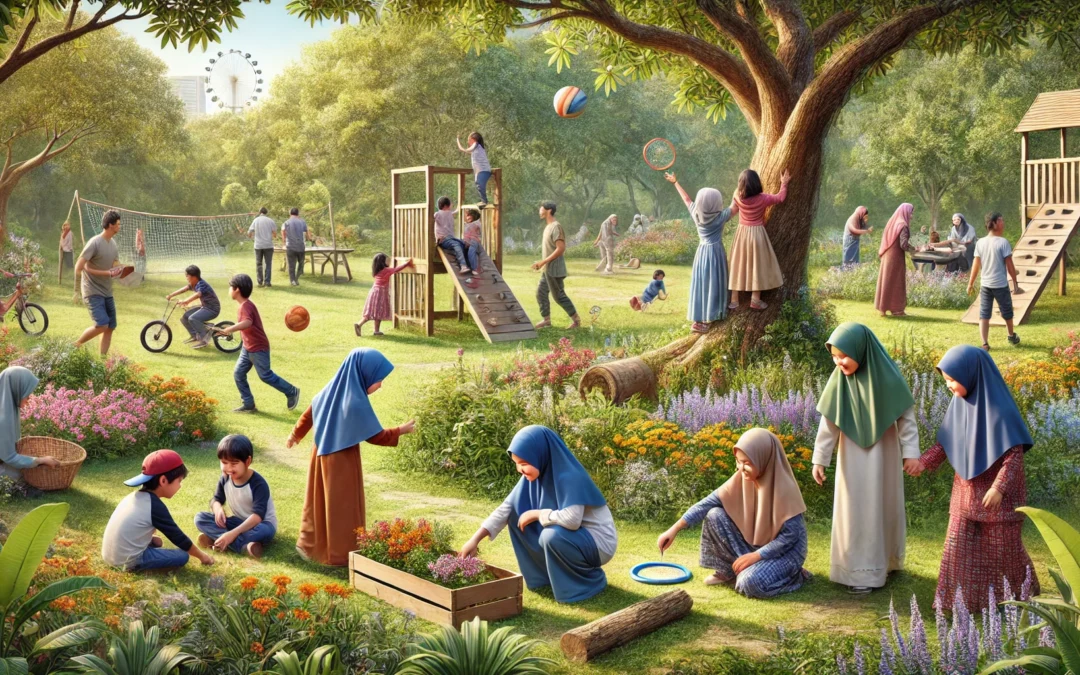Explanation:
Probability is a measure of the likelihood of an event occurring. It is calculated by dividing the number of favorable outcomes by the total number of possible outcomes. The probability of an event ranges from 0 (impossible) to 1 (certain).
Let’s break it down with an example.
Imagine you have a big bowl of candies with different colors: red, blue, and green. There are 10 candies in total: 4 red, 3 blue, and 3 green.
Possible Outcomes
“Possible outcomes” mean all the different things that can happen. In our candy bowl, the possible outcomes are all the candies you might pick. Since there are 10 candies, there are 10 possible outcomes. If you reach into the bowl and pick one candy, it could be any one of those 10 candies.
Favorable Outcomes
“Favorable outcomes” mean the specific things you are looking for. Let’s say you love blue candies and you want to find out the probability of picking a blue candy. The favorable outcomes are just the blue candies in the bowl. In this case, there are 3 blue candies.
Putting It All Together
Now, to find the probability of picking a blue candy, you divide the number of favorable outcomes by the number of possible outcomes.
So, we have:
- Number of favorable outcomes (blue candies): 3
- Number of possible outcomes (total candies): 10
The probability is calculated like this:
Probability of picking a blue candy = ![]() =
= ![]()
This means there is 3/10 chance, or 30% chance, that you will pick a blue candy if you pick one candy from the bowl at random.
To summarize:
- “Possible outcomes” are all the things that could happen.
- “Favorable outcomes” are the things you are hoping for.
So, when you calculate probability, you’re just figuring out how likely it is that what you want to happen will actually happen!
Example 1:
Problem:
A fair coin is tossed. What is the probability of getting heads?
Solution:
P(heads) = (number of favorable outcomes) / (total number of possible outcomes) = 1 / 2 = 0.5 or 50%
Practice problem:
A fair six-sided die is rolled. What is the probability of getting an even number?
Let’s attempt to consider “Probability” from another perspective.
Imagine you have a bag of colorful candies. Some are red, some are blue, and some are green. If you close your eyes and pick a candy without looking, what are the chances of picking a red one?
This is what probability is all about. It tells us how likely something is to happen.
To find the probability, we count the number of ways the event can happen (like picking a red candy) and divide it by the total number of possible outcomes (the total number of candies in the bag).
The answer will be a number between 0 and 1, where 0 means it’s impossible, and 1 means it’s certain to happen.
Example 2:
Problem: (Spinner example)
A spinner is divided into 4 equal parts: red, blue, green, and yellow.
What is the probability of the spinner landing on blue?
Answer:
P(blue) = 1/4 or 0.25 or 25%
Problem: (Dice example)
When you roll a fair six-sided die, what is the probability of getting a number less than 4?
Answer:
P(number less than 4) = (number of favorable outcomes) / (total number of possible outcomes)
= 3 / 6
= 1/2 or 0.5 or 50%
Problem: (Marbles example)
A jar contains 5 red marbles, 3 blue marbles, and 2 green marbles.
If you pick a marble at random, what is the probability of getting a green marble?
Answer:
P(green) = (number of green marbles) / (total number of marbles)
= 2 / 10
= 1/5 or 0.2 or 20%
Practice problem:
In a class of 30 students, 12 are boys.
If a student is chosen at random, what is the probability that the student is a girl?
Answer:
P(girl) = (number of girls) / (total number of students)
= (30 – 12) / 30
= 18 / 30
= 3/5 or 0.6 or 60%
A bag contains 6 red balls, 4 blue balls, and 5 green balls.
If a ball is drawn at random, what is the probability of getting a red or blue ball?
Answer:
P(red or blue) = (number of red balls + number of blue balls) / (total number of balls)
= (6 + 4) / (6 + 4 + 5)
= 10 / 15
= 2/3 or approximately 0.67 or 67%
A card is drawn from a standard deck of 52 cards.
What is the probability of drawing a diamond?
Answer:
P(diamond) = (number of diamonds) / (total number of cards)
= 13 / 52
= 1/4 or 0.25 or 25%
In a box of 20 chocolates, 5 are milk chocolate, 8 are dark chocolate, and the rest are white chocolate.
If a chocolate is selected at random, what is the probability of getting a white chocolate?
Answer:
P(white chocolate) = (number of white chocolates) / (total number of chocolates)
= (20 – 5 – 8) / 20
= 7 / 20 or 0.35 or 35%





